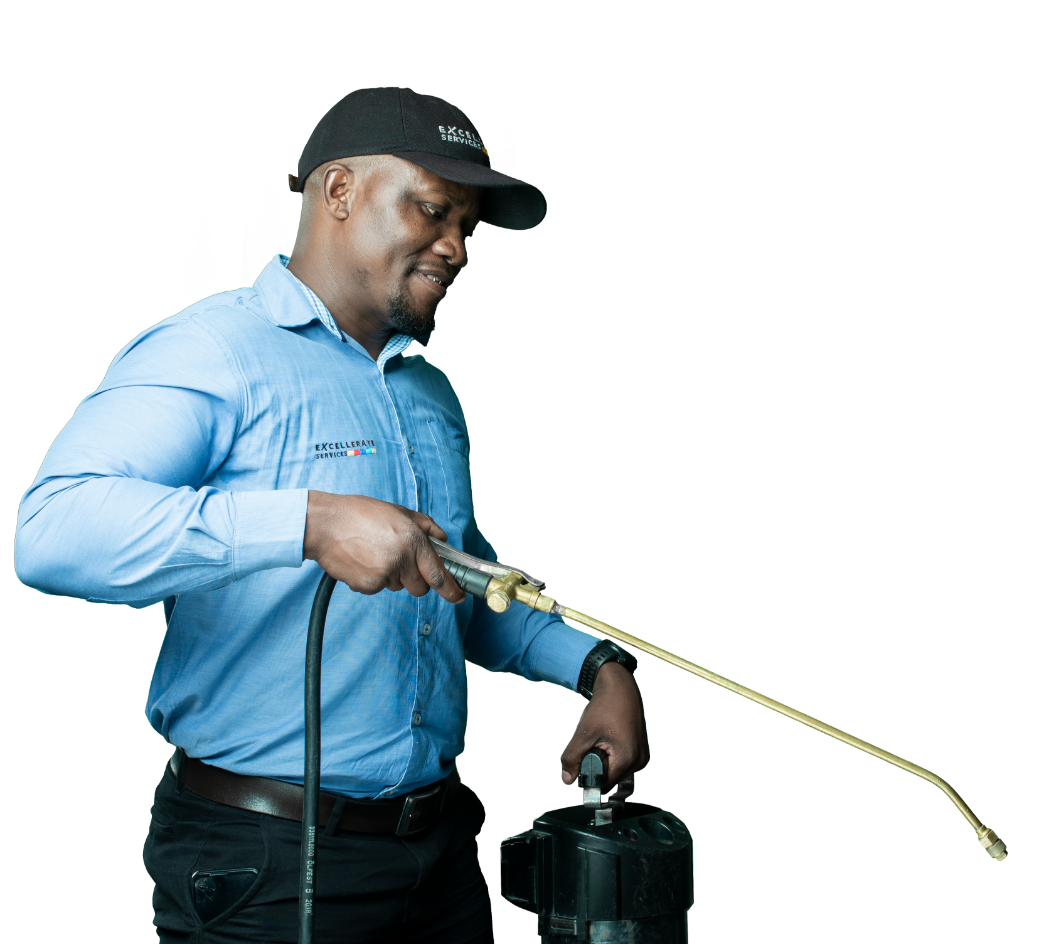Trustworthy Pest Control for total pest elimination.
Trustworthy Pest Control for total pest elimination.
Blog Article
Eco-Friendly Bug Control Approaches for Handling Wildlife in Urban Areas
Urban locations usually locate themselves at the crossway of human task and wild animals, resulting in unique difficulties in pest administration. Environmentally friendly methods stress sustainable coexistence, using strategies such as environment adjustment and all-natural repellents to alleviate human-wildlife problems. These approaches not just secure the environment however additionally improve neighborhood involvement in wild animals administration. As metropolitan populations remain to expand, comprehending the characteristics of wild animals interactions comes to be increasingly important. What innovative methods can be applied to make certain both environmental equilibrium and urban safety? Discovering this question exposes a compelling landscape of possible services.
Understanding Urban Wildlife Characteristics
Understanding Urban Wild animals Dynamics is important for creating effective and eco-friendly parasite control approaches. Urban locations are increasingly ending up being environments for numerous wild animals species, driven by variables such as habitat fragmentation, food availability, and human encroachment. Identifying these dynamics enables a nuanced technique to pest administration that straightens with eco-friendly principles.
Urban wild animals usually consists of varieties such as raccoons, squirrels, and birds, which adjust to city environments, locating niches in eco-friendly areas, parks, and even suburbs. Their visibility can result in problems with human beings, specifically when they exploit personnels for food and sanctuary. Understanding the actions and environmental roles of these varieties notifies strategies that minimize unfavorable communications while promoting biodiversity.
In addition, recognizing the interdependencies within metropolitan ecosystems assists in determining important locations for habitat preservation and restoration. This expertise adds to the advancement of incorporated pest monitoring (IPM) strategies that consider the eco-friendly balance, consequently lowering reliance on harmful chemicals. By fostering coexistence in between human beings and city wild animals, cities can develop healthier settings that benefit both homeowners and regional ecological communities, leading the method for lasting metropolitan living.
Natural Repellents and Deterrents
Natural repellents and deterrents provide a sustainable choice to conventional parasite control techniques by harnessing the power of nature to keep undesirable varieties away. These environmentally friendly solutions normally utilize plant-based ingredients, necessary oils, and other naturally occurring substances that deter pests without harming the atmosphere.
One efficient all-natural repellent is peppermint oil, which is known to push back rats and insects. Its solid scent is unpleasant to numerous insects, making it a popular option for metropolitan settings. Similarly, vinegar and citrus peels can act as deterrents, as their strong smells are normally unattractive to different wildlife.
In addition, diatomaceous planet is an all-natural powder that can be spread in locations vulnerable to bug activity, effectively dehydrating and hindering pests without positioning threats to non-target varieties. Additionally, garlic sprays and neem oil are identified for their ability to drive away a variety of parasites, consisting of both bugs and larger wildlife.
Applying these all-natural repellents not just reduces dependence on chemical pesticides yet likewise promotes a healthier urban ecological community, promoting a more balanced coexistence in between humans and wild animals. By using these strategies, urban locations can effectively take care of pest populations while minimizing ecological impact.
Habitat Adjustment Strategies
Efficient habitat alteration methods play a crucial function in sustainable bug monitoring by altering the atmosphere to make it less conducive to pest invasions. By recognizing the environmental characteristics of urban locations, homeowner can execute calculated alterations that deter insects while promoting biodiversity.
(Mosquito control Port Charlotte)One key technique involves maintaining appropriate sanitation. This includes regular waste removal, securing trash containers, and getting rid of standing water to minimize breeding sites for bugs and rats. Additionally, landscaping techniques such as selecting native plants can enhance environmental equilibrium, providing environments for valuable microorganisms while reducing sources for pests.
Another vital strategy is to secure entrance factors in buildings. Inspecting and repairing splits in foundations, walls, and home windows can dramatically lower pest access. In addition, producing physical barriers, such as fences or plant buffers, can prevent wildlife movement into human-inhabited areas.
Integrated Pest Monitoring Practices
Building upon environment adjustment techniques, integrated additional resources bug administration (IPM) methods provide a holistic technique to controlling pest populations while minimizing environmental impact. IPM integrates different techniques, including biological, cultural, mechanical, and chemical controls, to accomplish effective insect monitoring.
Organic control entails the intro of natural killers or bloodsuckers to reduce parasite populaces. Social practices, such as crop turning and hygiene, interrupt pest life cycles and lessen their habitats - Pest Control. Mechanical controls, like catches and obstacles, offer instant relief from pest stress without chemical intervention
Chemical controls are utilized as a last option, focusing on targeted applications that restrict injury to non-target varieties and the environment. The selection of eco-friendly chemicals, when necessary, is indispensable to the IPM structure. Furthermore, keeping track of parasite populaces and assessing potential damage assists notify decision-making, making certain that interventions are prompt and reliable.
Area Involvement and Education

(Bat Removal)Workshops and informative sessions can gear up homeowners with understanding concerning indigenous types, habitat preservation, and effective safe insect monitoring techniques. Partnership with schools, regional organizations, and government companies even more boosts academic outreach, making certain that essential info reaches diverse target markets.
In addition, community-led campaigns, such as community clean-up days and environment restoration projects, not only promote biodiversity yet likewise reinforce community connections. Pest control service. By urging homeowners to share their experiences and observations, communities can establish targeted approaches that resolve specific local bug concerns
Incorporating feedback from homeowners into parasite administration plans enables a more receptive and adaptive technique to wildlife challenges. Inevitably, informed and engaged neighborhoods are essential to attaining long-term success in environmentally friendly parasite control, bring about much healthier urban environments that appreciate both human and eco-friendly needs.

Conclusion
In conclusion, green insect control comes close to deal lasting services for handling metropolitan wildlife. By prioritizing habitat adjustment, utilizing all-natural repellents, and carrying out incorporated insect monitoring practices, areas can promote an unified coexistence with neighborhood fauna.
Report this page